If you plan to major in music in college, there's one document that tells your story before you even play a note: your solo repertoire list.
A solo repertoire list includes all the solo pieces you’ve performed since you began playing your instrument or singing—often starting with your very first Solo and Ensemble Festival performance in middle school. This list doesn’t just show what you’ve played. It reflects your growth, your dedication, and your readiness for what’s ahead.
For many students, this journey begins as early as 7th or 8th grade—often with a solo prepared for a district or state Solo & Ensemble Festival. From there, each year brings a new piece, another performance, and another step forward in skill. Over time, your list becomes more than a record; it becomes a reflection of your commitment and progress.
A Surprise Performance
When your college audition finally arrives, you're ready with your most advanced, polished solo—the one you’ve rehearsed to perfection. You begin performing with confidence, hoping to win over the audition panel.
Then, midway through, an adjudicator stops you.
“Thank you,” they say. “As I was reading down your repertoire list, I see that you performed The Clarion Suite in the eighth grade. Could we hear a performance of that solo?”
Suddenly, you're scrambling through your folder, trying to locate a piece you haven’t looked at—or played—in four years. Still, you give it your best, performing from memory and muscle.
And just as you take a breath, the panel requests another piece from your list.
Moments like this are not uncommon. They reveal one important truth: if it’s on your list, you should be ready to perform it.
Take Note
To avoid last-minute stress and hard-to-find music, always purchase four original copies of any solo the same year you perform it:
- One for yourself
- One for your accompanist
- Two for the audition panel
Keep all four in a safe place.
Many pieces go out of print over time, and tracking them down your senior year—when your audition folio is due—can be nearly impossible.
Plan ahead.
Preserve your portfolio.
Protect your opportunities.
What Belongs on the List?
When building your list, don’t just focus on the title and composer. Consider what each piece says about your journey—what it challenged in you, how it shaped your style, and how you might approach it differently today.
Only include pieces you’ve learned, performed, and can revisit with confidence. Collegiate adjudicators expect your technique to be solid—but even more than that, they’re listening for a mature, expressive interpretation. They're looking for the whole musician—not just fast fingers.
The best repertoire lists don’t just show skill. They tell a story.
Your repertoire list is a promise. It tells the panel what you’ve mastered, what shaped you, and what you’re prepared to share again—even years later.
So be honest. Stay prepared. And be ready to speak through your music—past and present—with clarity, artistry, and heart.

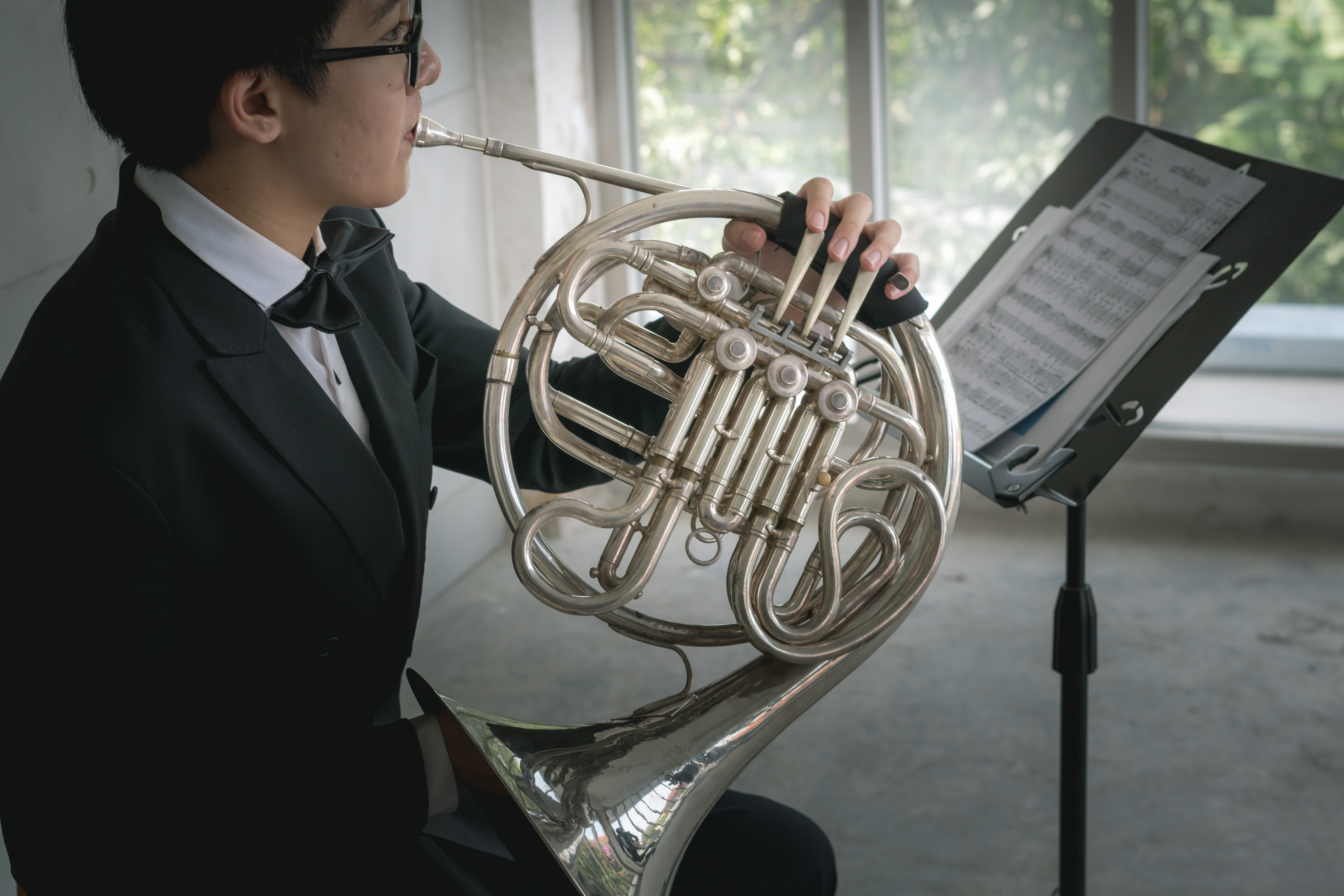
.png) ARTICLE GLOSSARY
ARTICLE GLOSSARY

.png)
.png)


.jpg)
.jpg)
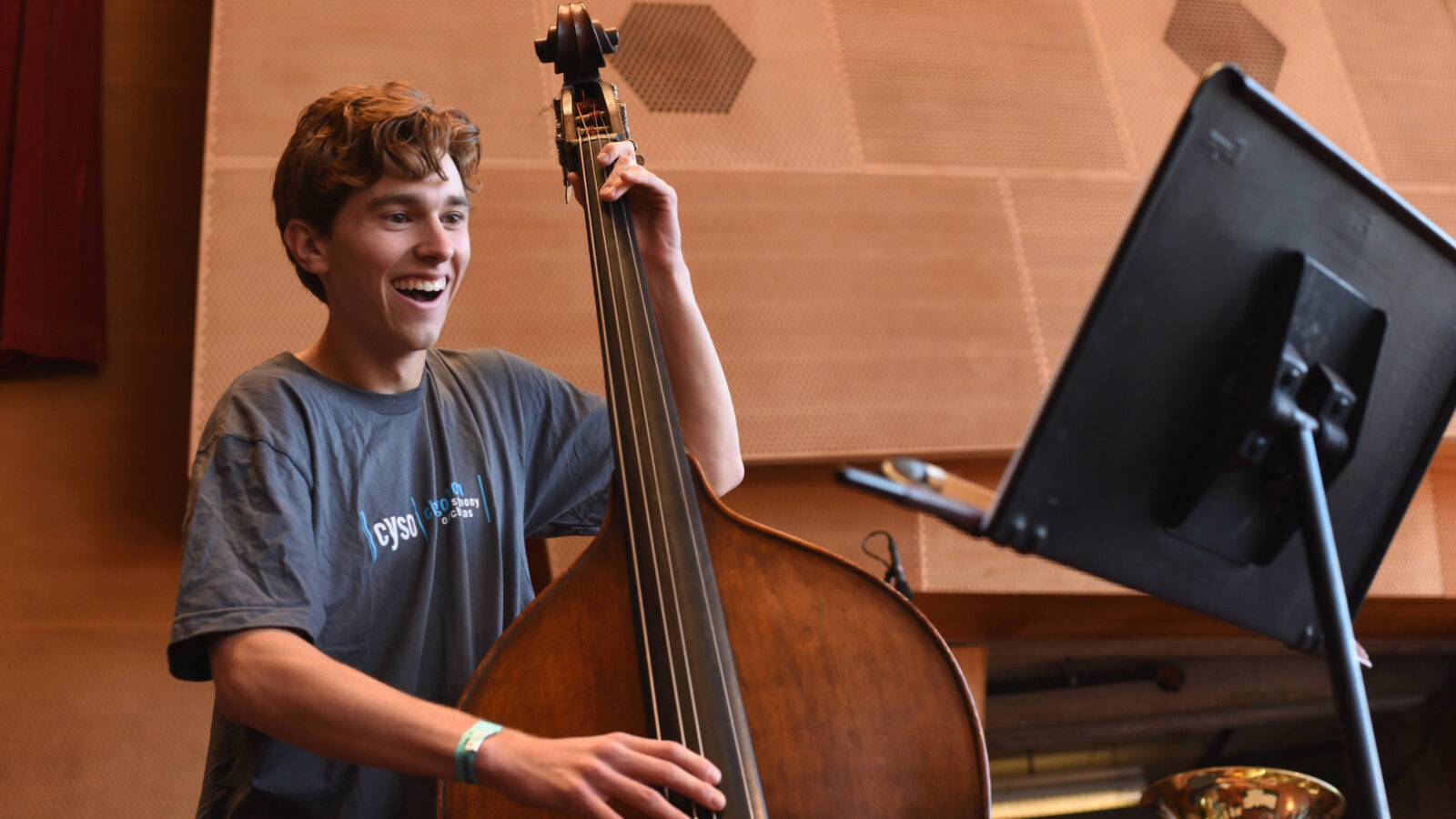
.jpg)

.png)

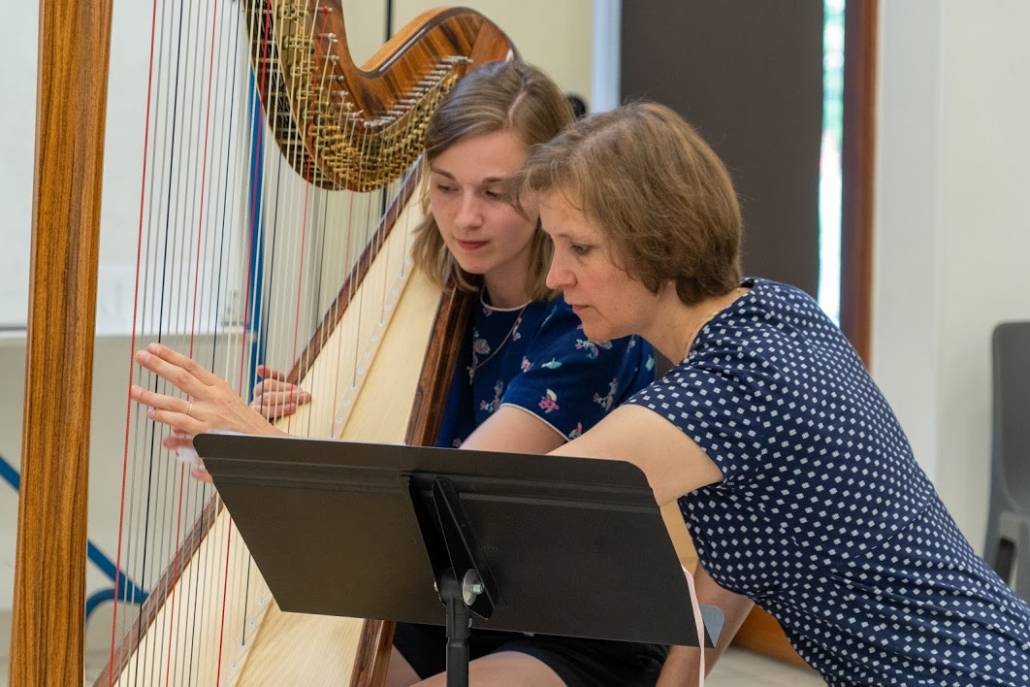


.jpg)
.png)
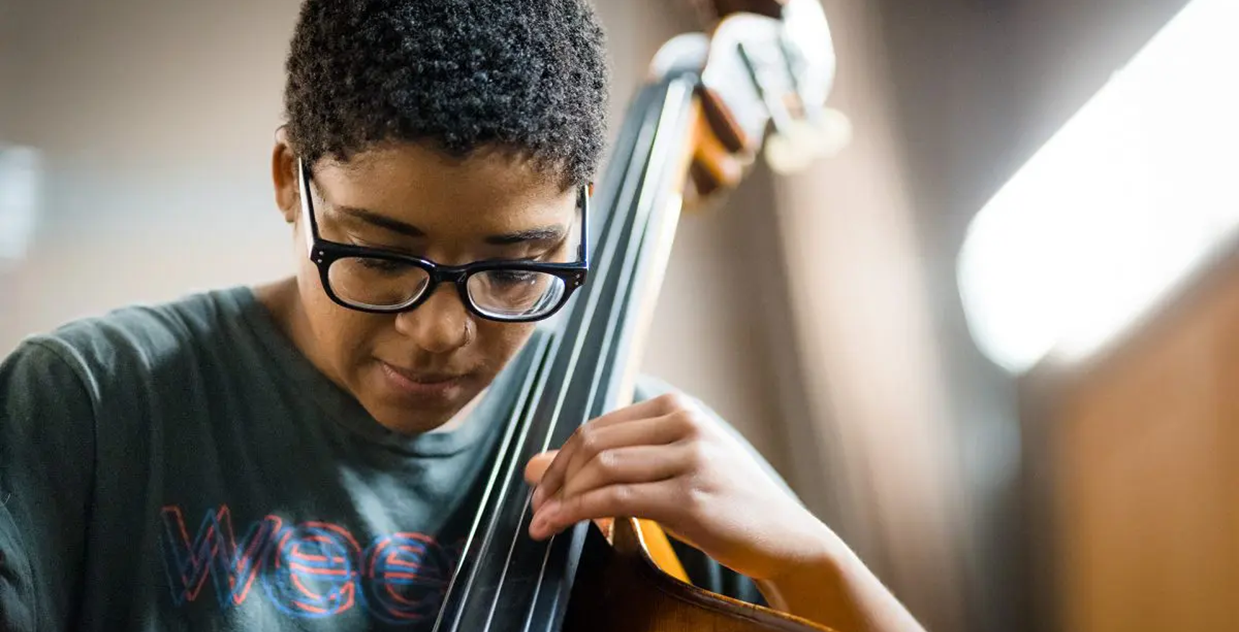

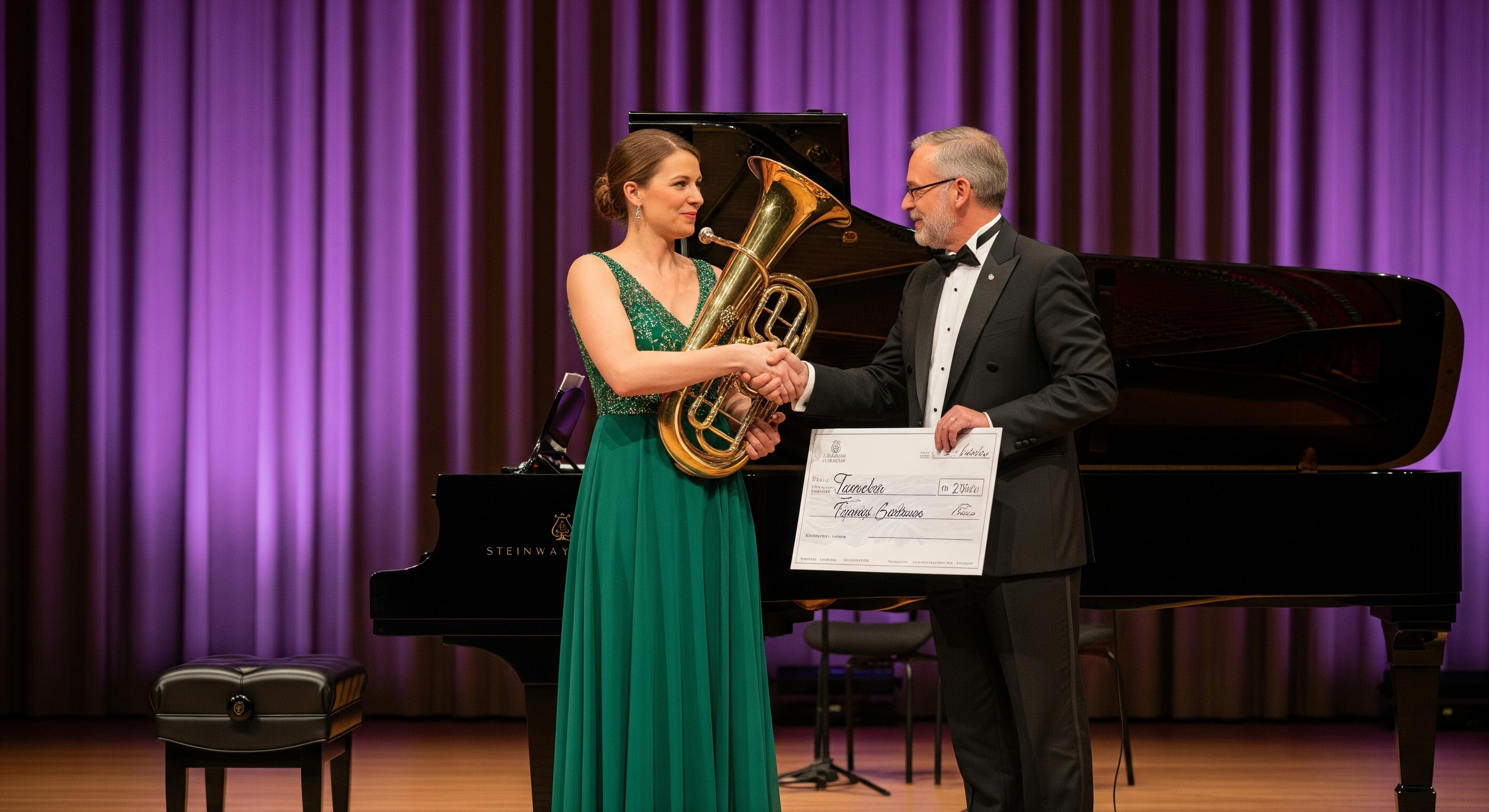



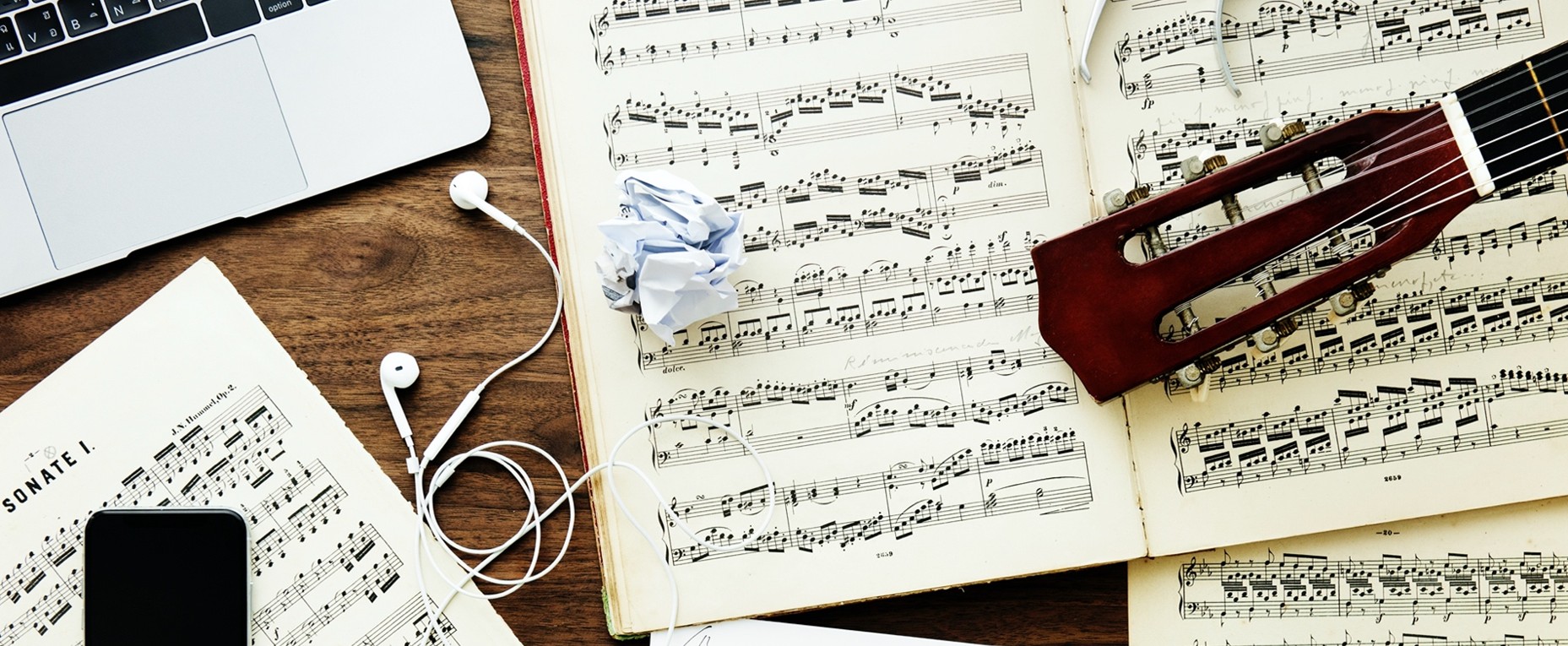
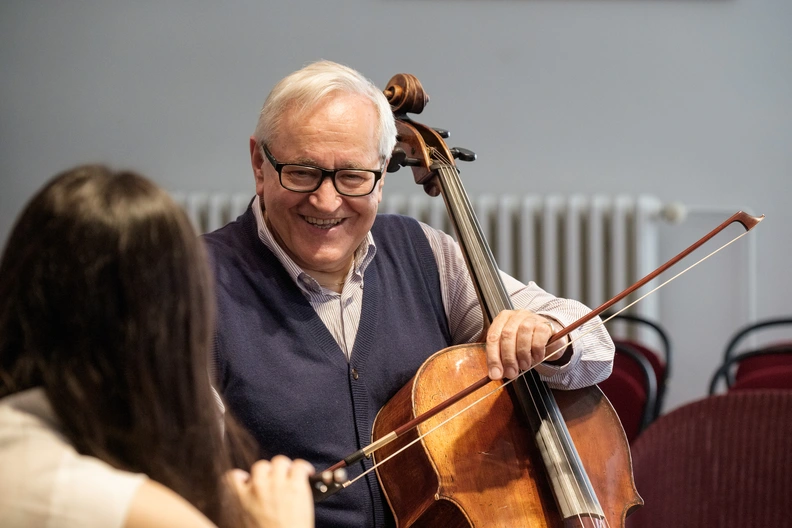


.jpg)



.jpg)
.jpg)
.jpg)
.jpg)
.jpg)
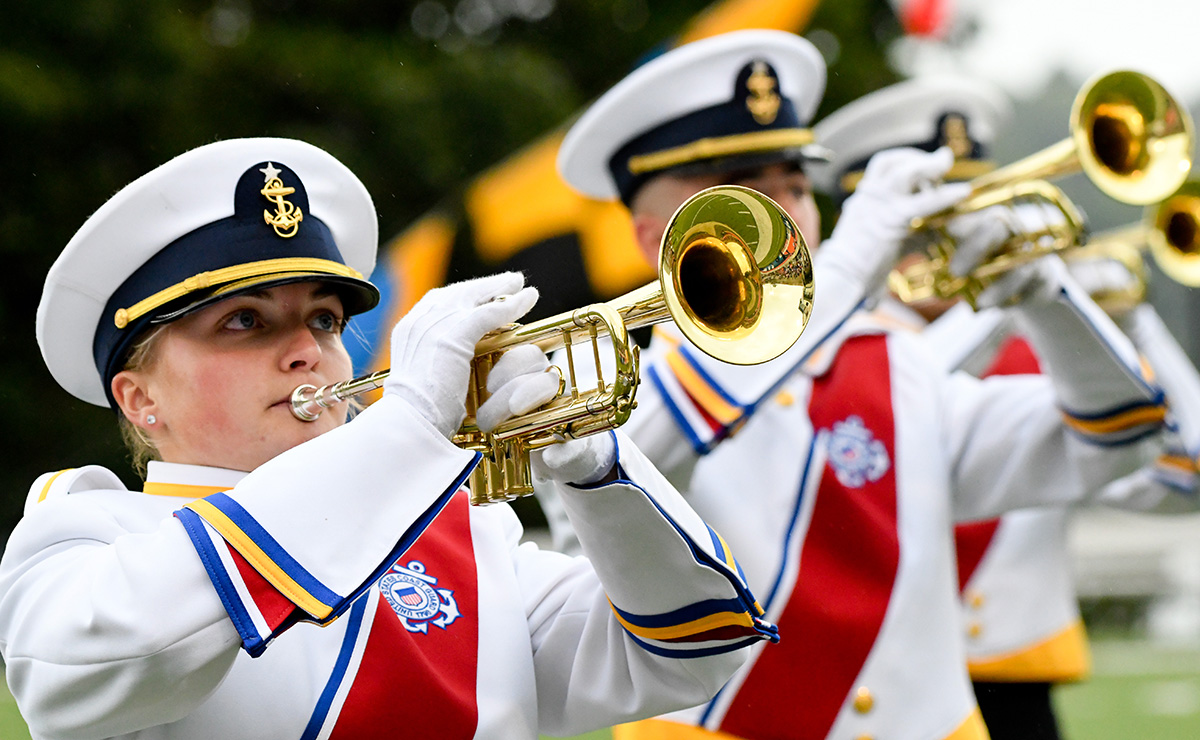
.png)
.png)

